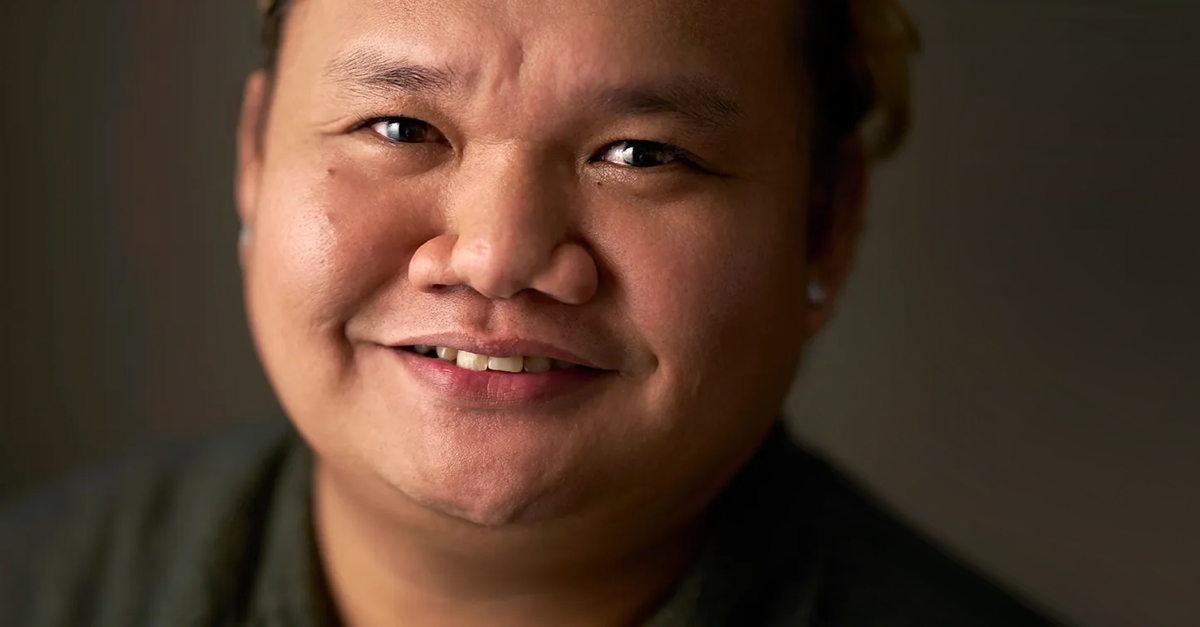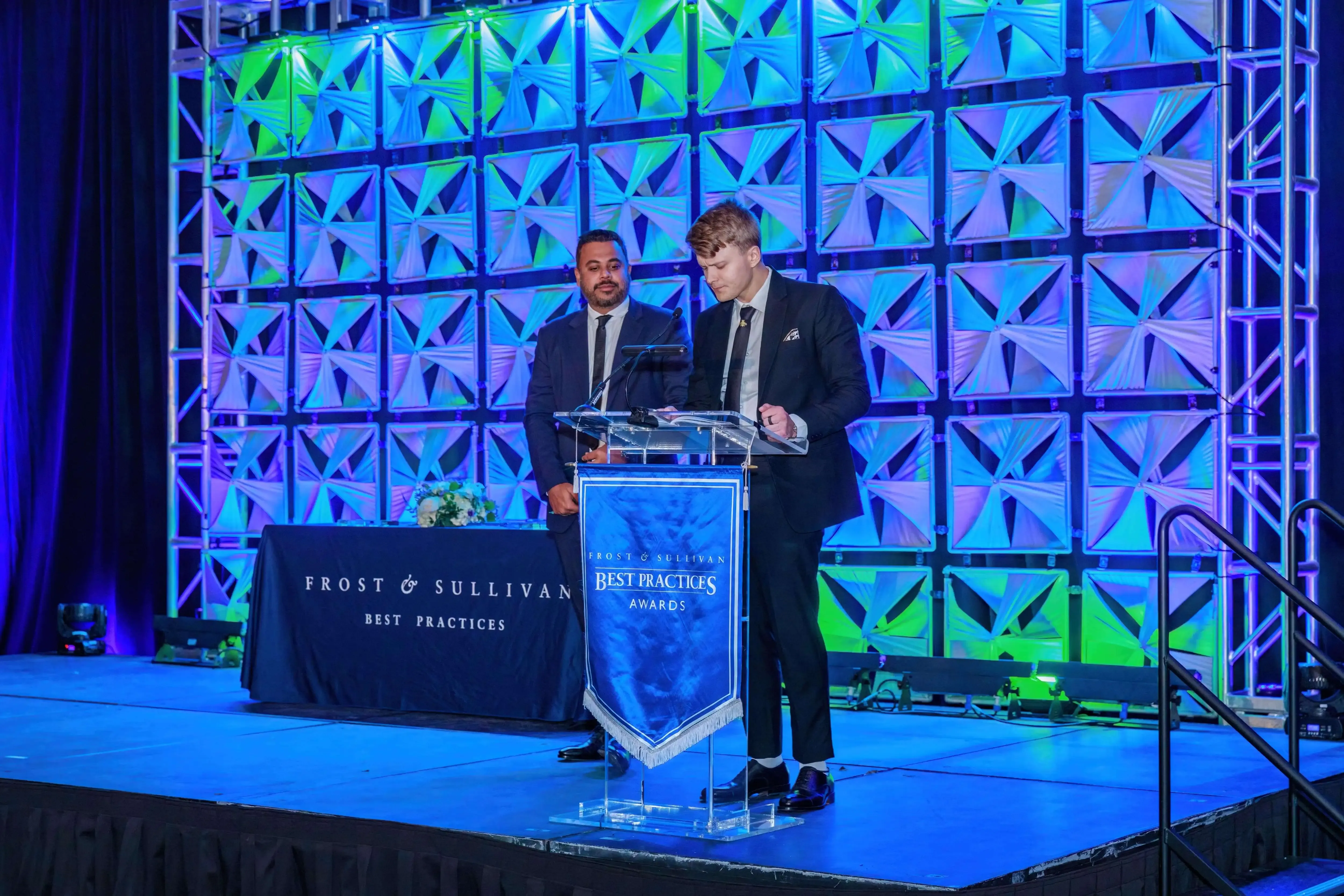Redefining the Contact Center Playbook: Going Rural, Growing Fast, and Leading with Dignity

Technology can transform a business. At Trajector, it’s transforming lives.
Our mission has always been simple but profound: to change life trajectories. Our name comes from that idea — helping underserved and often overlooked individuals, especially disabled veterans, access the benefits they are medically, legally, and ethically entitled to.
When I joined the company in 2022, we were helping about 20,000 clients a year — a fraction of the more than 35 million disabled Americans in need. I didn’t see scale as a financial target; I saw it as a moral imperative. Every new case represents a life changed, a family supported, and dignity restored. This year, we’ll help more than 125,000 clients — and we’re just getting started.
To make that kind of impact, we had to rethink how we build and empower our workforce. Scaling compassion meant finding new ways to attract and retain global talent while staying true to our values of empathy, equity, and human connection.
That belief extends to how we treat one another. The same dignity we fight for in our clients’ lives must exist inside our own walls. In this article, I’ll share how we built a thriving rural contact center workforce in the Philippines, the challenges we faced — including accent bias — and how partnering with Sanas helped us turn inclusion into impact.
Breaking the Metro Model: Taking Jobs to Where People Live
When we set out to scale Trajector’s operations, we made a decision that went against conventional BPO wisdom: instead of bringing people to the work, we’d bring the work to the people.
In the Philippines, most contact center jobs are concentrated around Manila, where long commutes and high costs make life exhausting. We chose a different path — to go where the talent already lives. We built our first center in Cabanatuan, far from the metro, and quickly became the top local employer. For many, joining Trajector meant staying close to their families and avoiding three-hour commutes each way. That alone changed lives.
Our early success proved the model worked: people showed up, stayed longer, and cared deeply about the mission. But one challenge remained — accent bias. No matter how skilled or empathetic someone was, we often had to reject talented candidates simply because their accent made communication harder for U.S.-based clients.
In 2024, we interviewed 4,000 candidates and extended just 400 offers — a 10% offer rate. Those rejections weren’t about ability; they were about clarity. As someone who believes in meeting people where they are, that reality didn’t sit right with me. It was a barrier of perception, not competence, and it limited how fast we could grow — and how many lives we could change.
Turning Point: How Sanas Unlocked Inclusion at Scale
When I first heard about Sanas in 2023, I was skeptical. I’d seen plenty of technology claims, but few that could meaningfully change the dynamics of human conversation. Tools that cancel noise or clean audio were nothing new, but the idea of real-time accent translation sounded impossible.
Then I came across a Sanas concept paper describing how accent is simply a pattern of sound waves that can be modulated in real time. It made sense. This wasn’t about erasing identity; it was about enhancing clarity while letting people speak naturally.
We partnered with Sanas as an early design partner and quickly saw what it could do. Agents who once struggled to be understood could now focus on serving customers, not second-guessing their pronunciation.
That single change transformed our hiring funnel. Our offer rate jumped from 10% to nearly 33%, as we could now evaluate people on skill and empathy instead of accent. The impact was profound: faster hiring, lower training costs, and a workforce that truly reflects the diversity of the communities we serve.
The Human Impact: Confidence, Retention, and Belonging
At Trajector, one of our guiding principles is simple: show up as you are. It’s an idea that sounds small but changes everything about how people experience work.
For too long, contact center agents have been told to sound different — to change how they speak and hide their identity to fit a client’s expectations. Sanas helped us flip that script. Our team members no longer worry about how they sound. They focus on what matters: understanding clients, solving problems, and showing empathy.
That shift has had a measurable effect. Our monthly attrition rate in the Philippines is just 0.8%, compared to an industry norm of 5–10%. People stay long enough to master their roles, deepen relationships with clients, and grow in their careers. The results ripple outward: happier employees, better service, stronger client trust.
We understand that people have limitations, but we see them as they are. That belief applies equally to the veterans we serve and to the team members who serve them. That’s why Sanas resonated so deeply. Its technology didn’t just solve a business problem; it reflected a shared value system. It allows me to look into my team’s eyes and say: “The same dignity we fight for in our clients’ lives, we extend to you in your work.”
I’ve found that when people stop performing a version of themselves, they perform better. That’s the real power of Sanas: it gives our agents permission to be authentic, and authenticity fuels both confidence and connection.
Building the Future, One Conversation at a Time
The future of customer experience will be defined by how we use technology to deepen human connection. At Trajector, we serve people who’ve already overcome tremendous challenges. They need empathy first, and Sanas helps us deliver it at scale.
Sanas helps us bridge understanding without erasing identity, making clear communication possible across distance, culture, and accent. It also powers our rural-first model, allowing opportunity to reach places long overlooked.
My advice? Don’t copy what’s always been done. To any leader reading this: take a blank sheet of paper and write down your biggest challenges. Then, beside them, write the world you wish existed. That’s your roadmap. The easy path is to do what everyone else is doing; the meaningful path is to build something that leaves others better than you found them. That’s what we’re trying to do one conversation, and one life trajectory, at a time.












